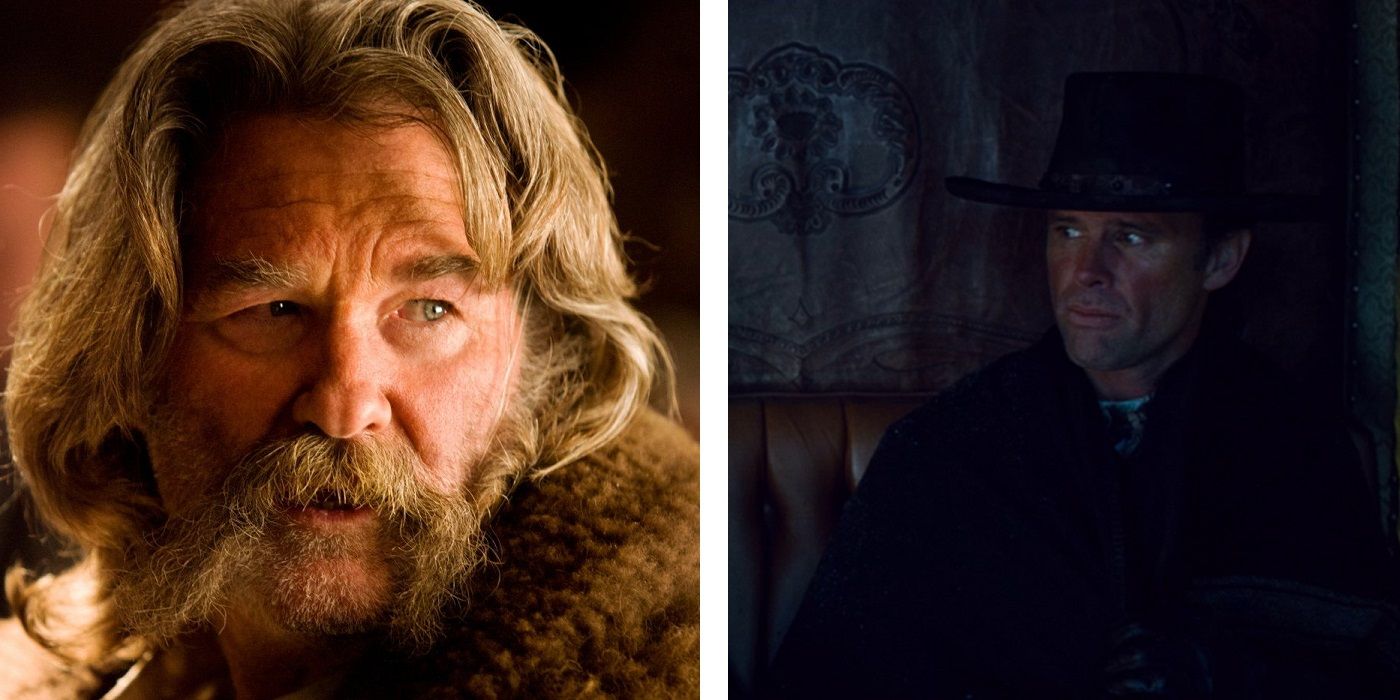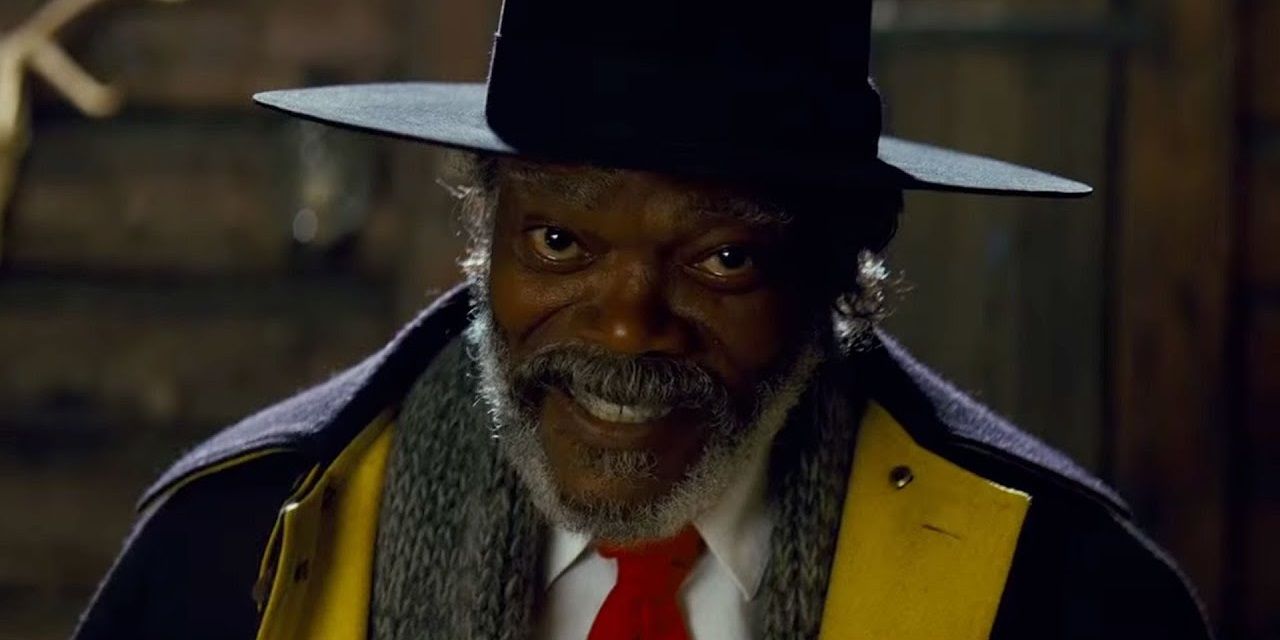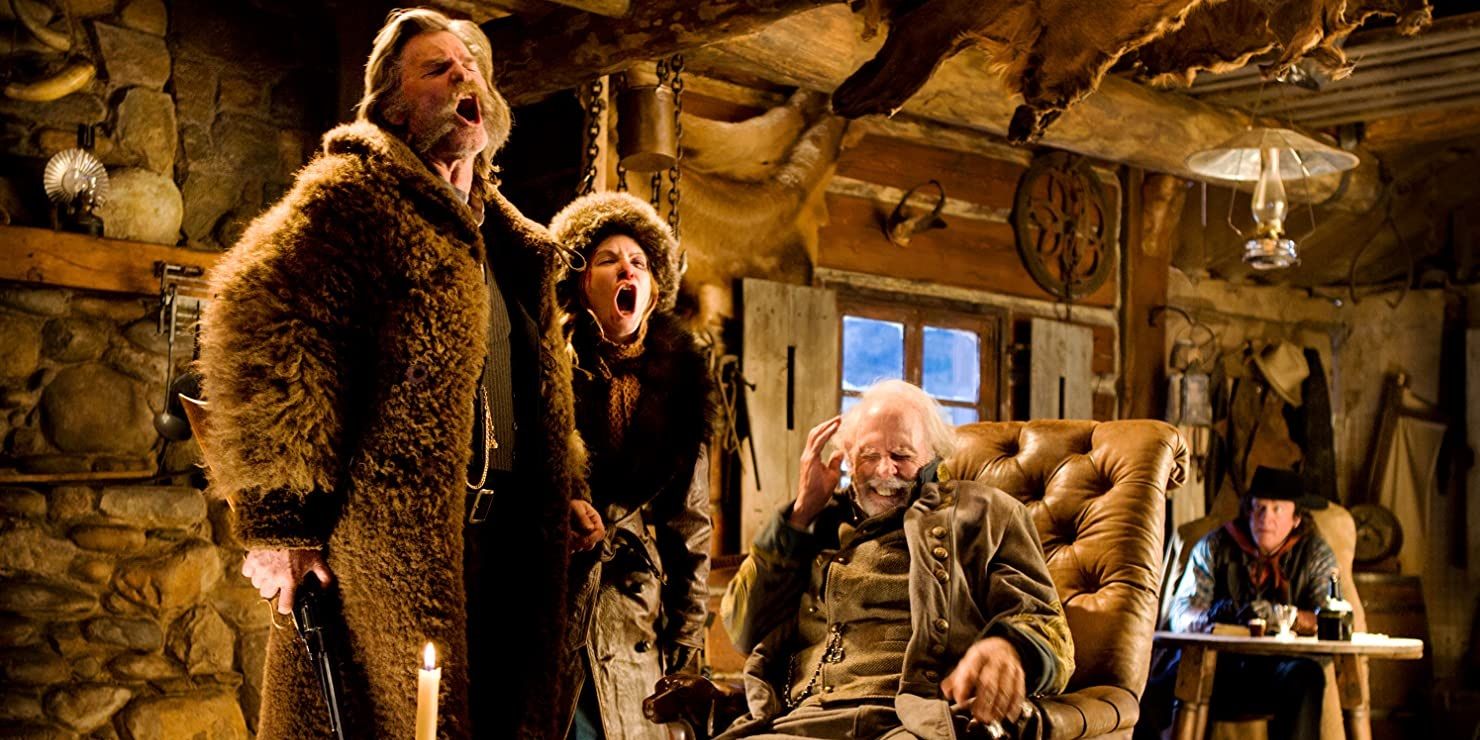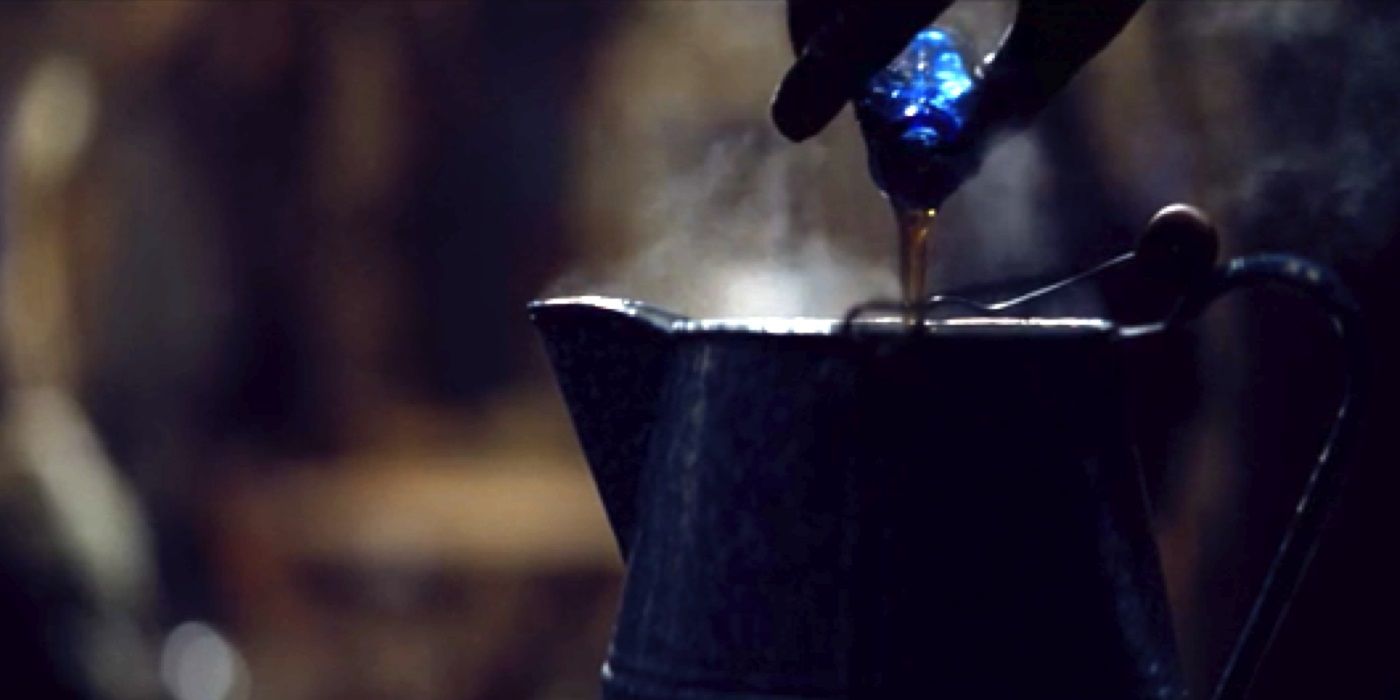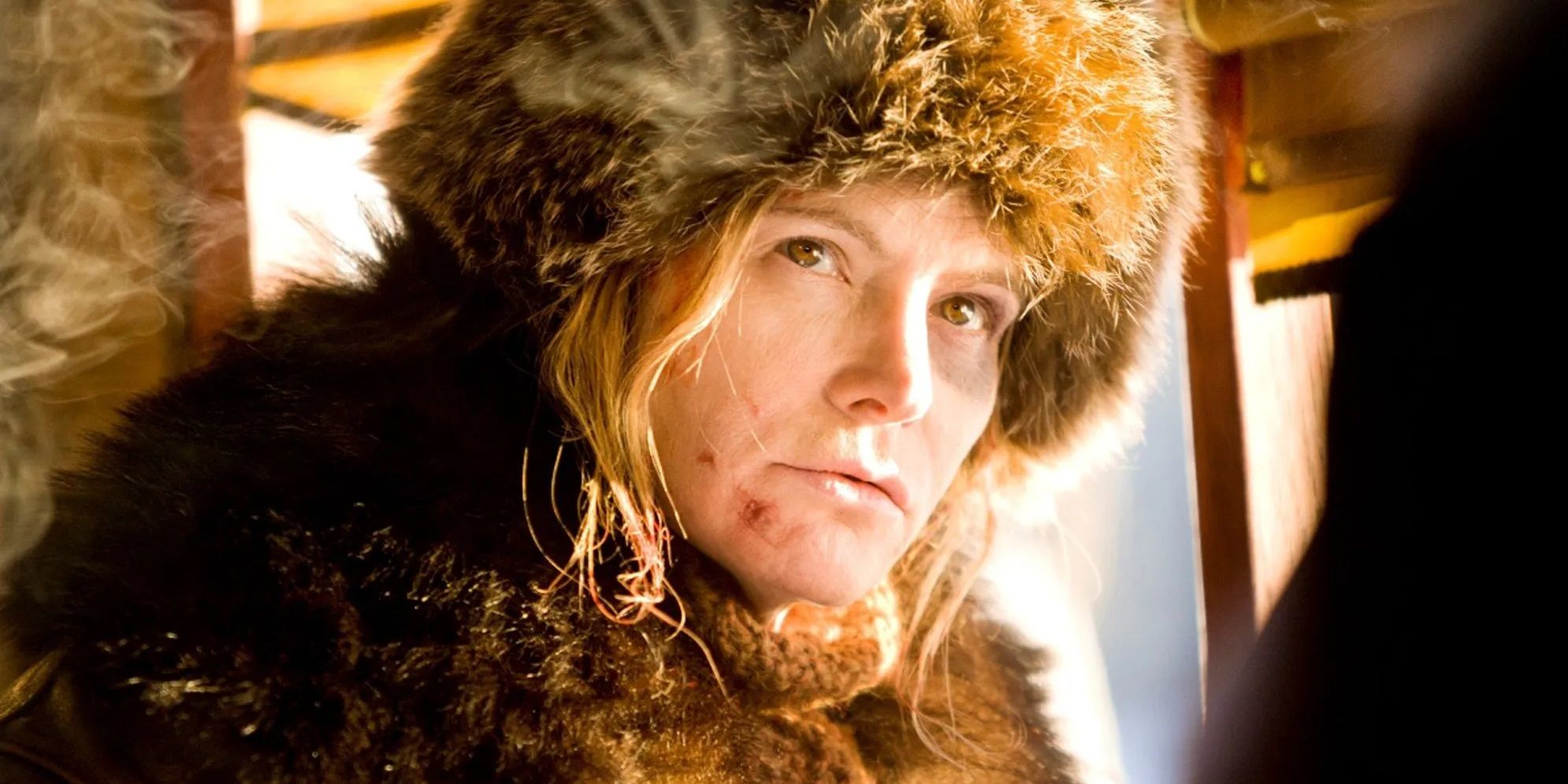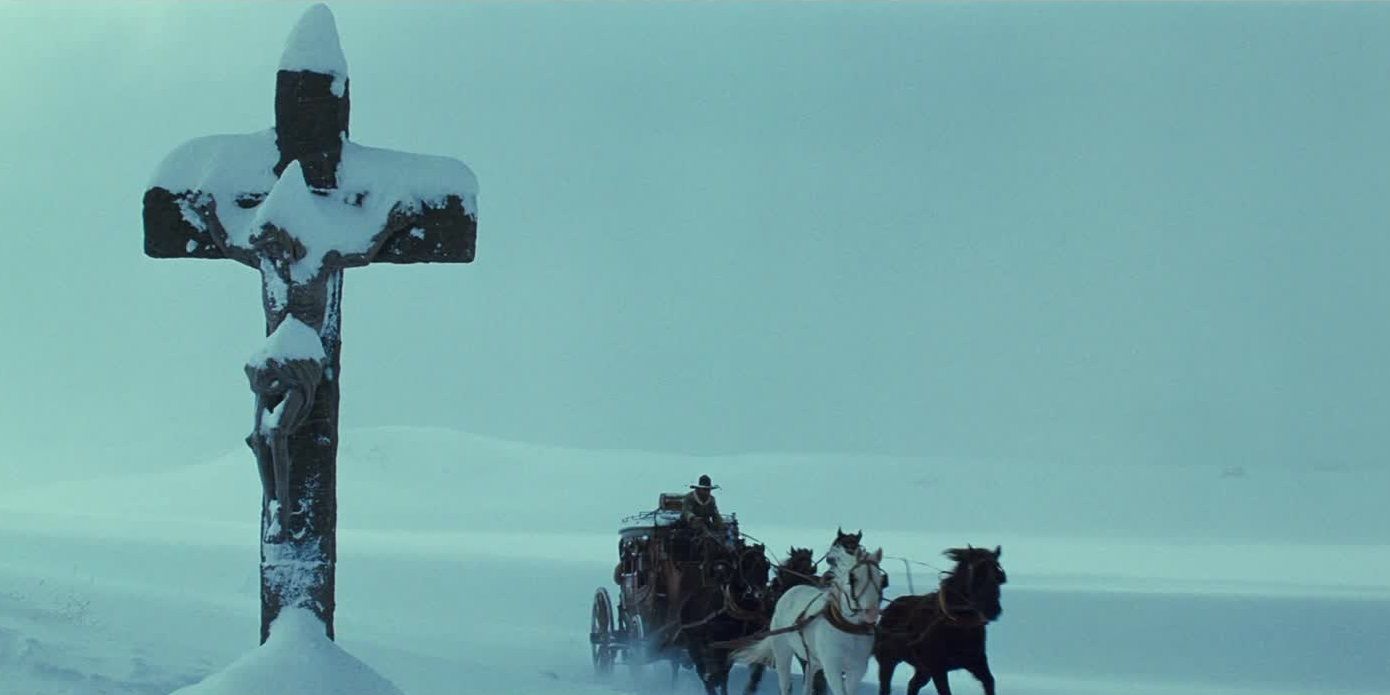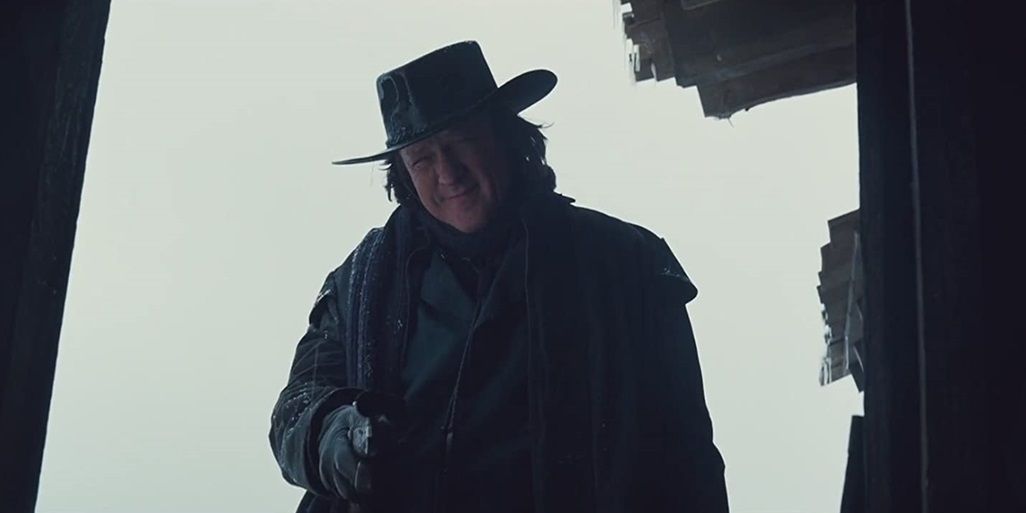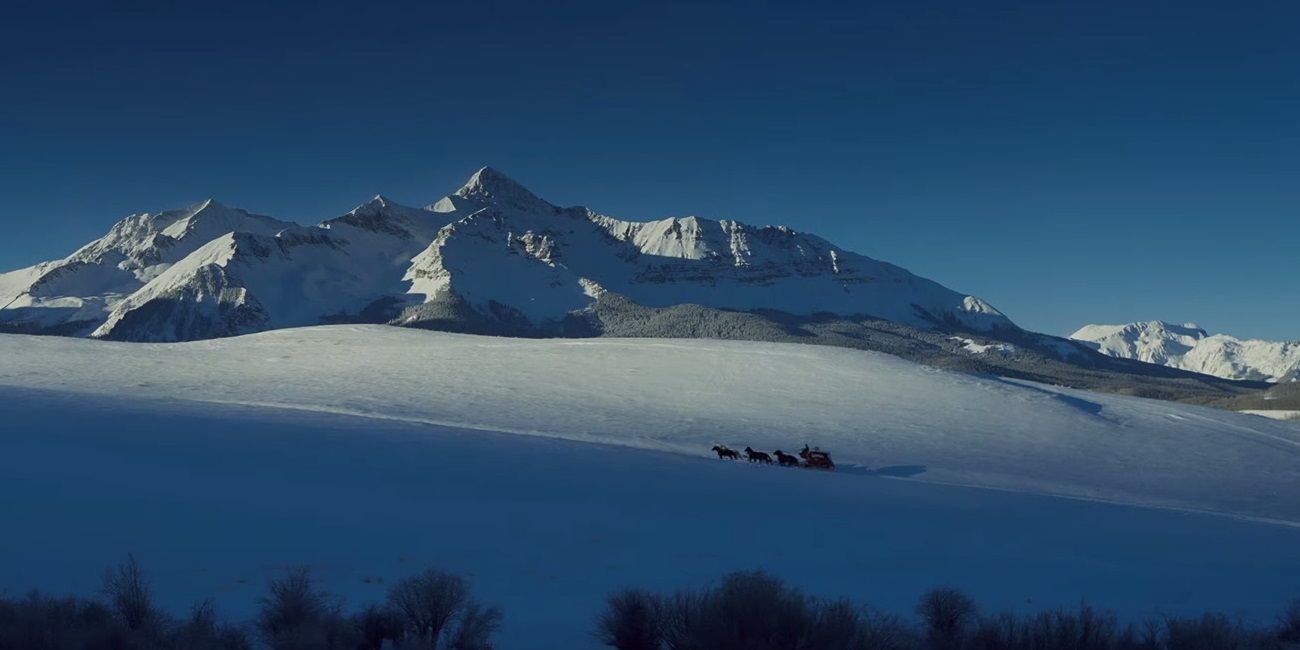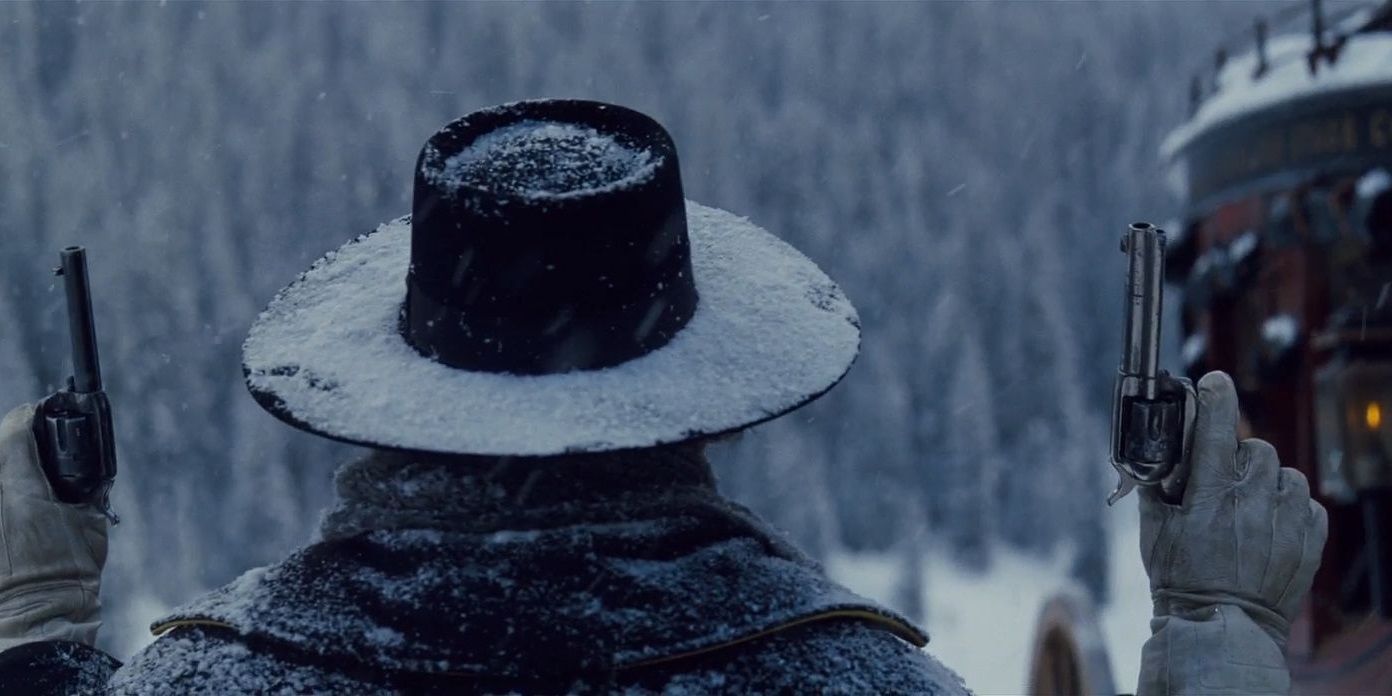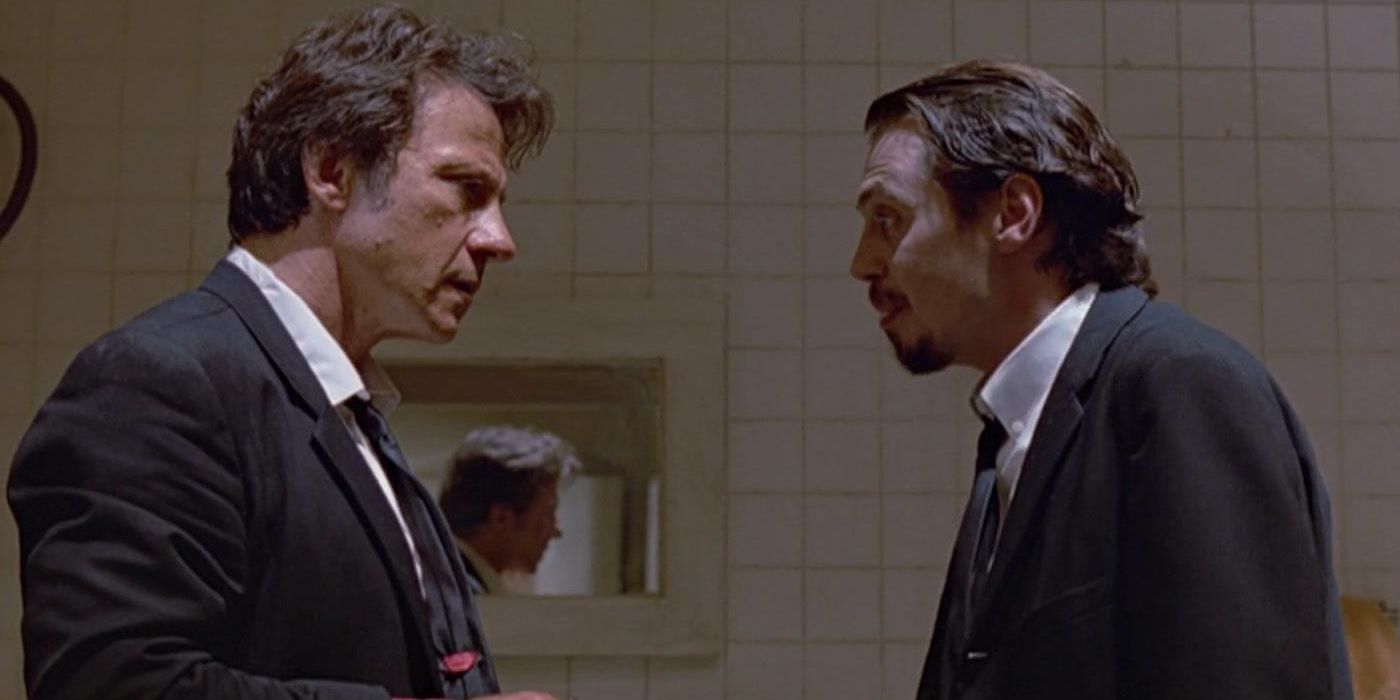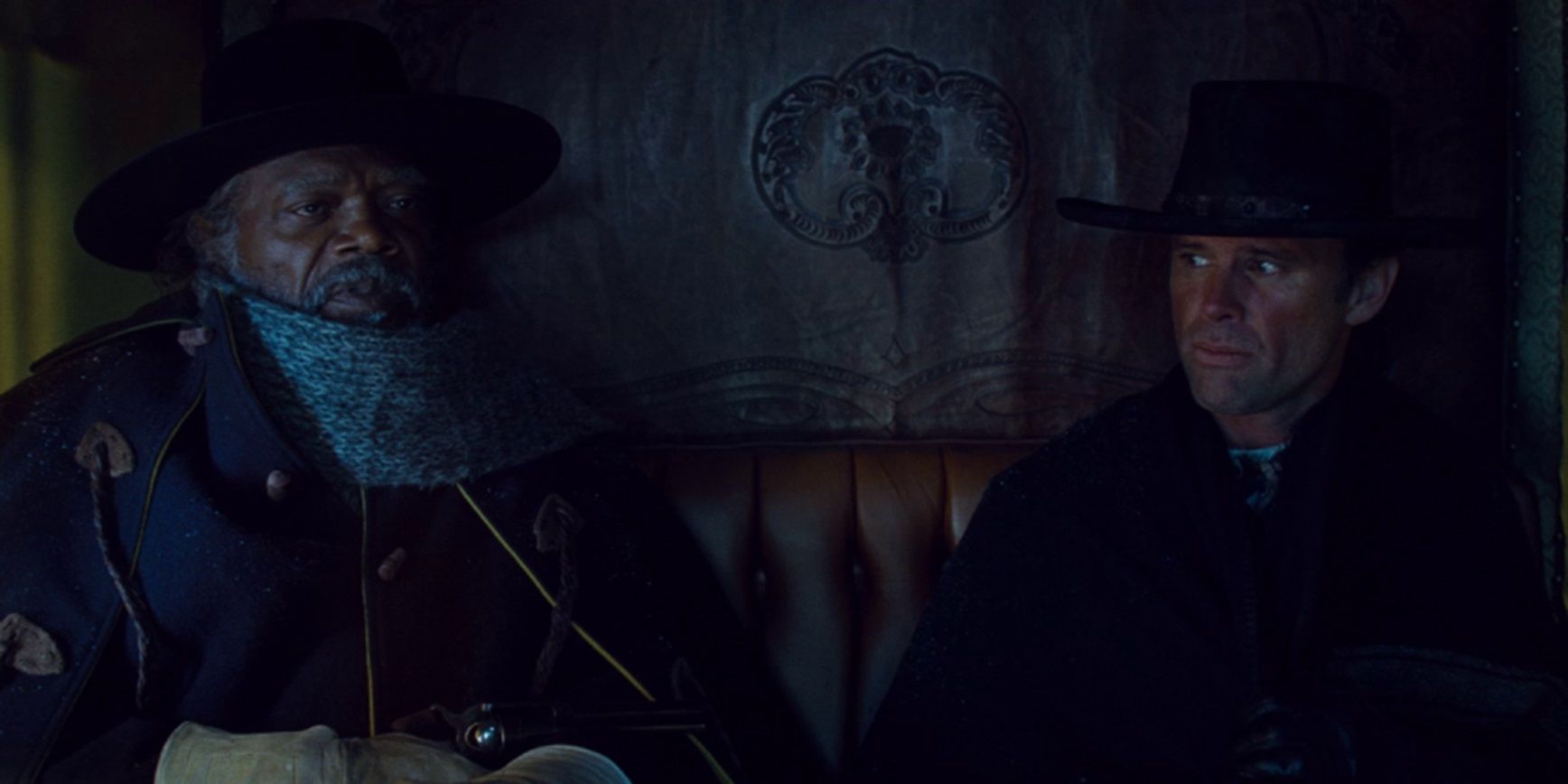Most of the time, when Quentin Tarantino brings out a new movie, it’s a cultural landmark that captures the zeitgeist. Pulp Fiction inspired a slew of knockoffs, Django Unchained invoked a massive controversy due to its slavery-era revenge fantasy, and Once Upon a Time in Hollywood reinvigorated interest in the ‘60s.
But in the winter of 2015, the director brought out a three-hour revisionist western that kind of slipped under the radar, which is something that doesn't usually happen with a Quentin Tarantino movie. The Hateful Eight might not be Tarantino’s best movie– in fact, it’s pretty low in the ranking by most measures– but it still deserves more love.
It’s An Underrated Gem: Samuel L. Jackson Gives One Of His Finest Performances
One of Tarantino’s favorite collaborators is Samuel L. Jackson— and in The Hateful Eight, he plays Major Marquis Warren, the guy that the audience follows into the ensemble from the beginning.
The role makes full use of Jackson’s strengths as an actor– his wide range of emotions, his dark comic wit, his ability to deliver captivating monologues– and as a result, he gave one of his all-time finest performances. Tarantino remains one of the only filmmakers that can get Jackson to consistently give 110%.
Shortcoming: Overlong Runtime
At 187 minutes, The Hateful Eight is Tarantino’s longest movie— and it certainly feels like it. The slow pacing works in the story’s favor to an extent, drawing the audience into the atmosphere and the characters inhabiting it before revealing the big twists, but criticisms that the movie is overlong are certainly valid.
There are plenty of scenes in the movie that don’t build on the plot or the characters and could’ve been removed to streamline the runtime a little.
It’s An Underrated Gem: The Twists Are Worth The Wait
Although The Hateful Eight takes a long time to get to its big twists, those twists are worth the wait. Whether Major Warren is revealing what he did to General Smithers’ son or an unseen villain is poisoning the coffee pot, the payoffs are all satisfying.
When the true identities of the characters are finally revealed, Tarantino dedicates a whole chapter to their backstory, filling in all the gaps and making sense of the whole thing.
Shortcoming: Violence Against Daisy Domergue
The most controversial element of The Hateful Eight was the excessive violence against the only female member of the ensemble— Daisy Domergue (Jennifer Jason Leigh)— by the male characters.
Tarantino has defended the violence against Domergue, saying that she’s a mass murderer and he just treated her how he would treat a male character who is guilty of the same crimes. But the movie doesn’t actually reveal anything about the severity of her crimes, so that excuse doesn’t really hold up.
It’s An Underrated Gem: Ennio Morricone’s Score Creates The Perfect Atmosphere
For his first movie with an original score, Tarantino recruited his favorite composer, the legendary Ennio Morricone, to work on the music. Tarantino was reportedly disappointed when Morricone first played him his Hateful Eight score, because he was expecting a Sergio Leone western score and he got a John Carpenter-esque horror score instead.
But Morricone could see that The Hateful Eight isn’t really a western. His score works beautifully with the movie, creating the perfect tense atmosphere, constantly reminding the audience that terrible things are coming. It was no surprise he won an Oscar for the score.
Shortcoming: Undercooked Characters
A couple of characters in The Hateful Eight’s eponymous ensemble are fleshed-out roles with rounded personalities, like Major Warren and John “The Hangman” Ruth. However, that doesn’t apply to all eight characters.
Michael Madsen’s character, in particular, is very thinly drawn. He was expanded on in the extended edition released on Netflix, but not in the theatrical cut where it counts most.
It’s An Underrated Gem: The 70mm Cinematography Is Beautiful
Panavision’s anamorphic lenses had long been out of production when Tarantino decided to use them to shoot The Hateful Eight, so he had to dig out the lenses that were used to shoot Hollywood epics like Ben-Hur and How the West Was Won.
The opening scenes of the stagecoach riding through the Colorado wilderness are unsurprisingly gorgeous, but when the movie gets confined to the claustrophobic haberdashery, the 70mm cinematography really brings out the emotions in the actors’ faces and makes even at-home viewings feel like being in a movie theater.
Shortcoming: Aimless Stretches
Tarantino wrote The Hateful Eight’s script by the seat of his pants, refusing to let himself know any more about the characters than the other characters did. And while that was an interesting process, the aimlessness shows in a few stretches of the film.
Ambiguity can work wonders when the writer has all the information and controls how much gets revealed to the audience, but when the writer himself doesn’t have the information at the time, the story can end up wandering listlessly.
It’s An Underrated Gem: It Calls Back To Reservoir Dogs
Tarantino brought his career full circle with The Hateful Eight. After making his debut with Reservoir Dogs, confined mostly to a single location and featuring an ensemble of characters who don’t really know each other— and, more importantly, if they can trust each other— Tarantino has made all kinds of genre epics.
After finally trying his hand at a spaghetti western with Django Unchained, Tarantino stayed in western territory, but made a movie that calls back to his debut feature. It’s always a delight when a filmmaker goes back to their roots.
Shortcoming: It Could’ve Worked Better As A Stage Play
All of Tarantino’s movies besides The Hateful Eight are distinctly cinematic. The visual components of movies like Pulp Fiction, Kill Bill, and Inglourious Basterds meant that they were made to be seen on the big screen.
But the story of The Hateful Eight could’ve worked better as a stage play than a movie. In fact, Tarantino toyed with the idea of turning the script into a play, and perhaps he should have. It would definitely be interesting to see the writer/director take on the world of live theater.

